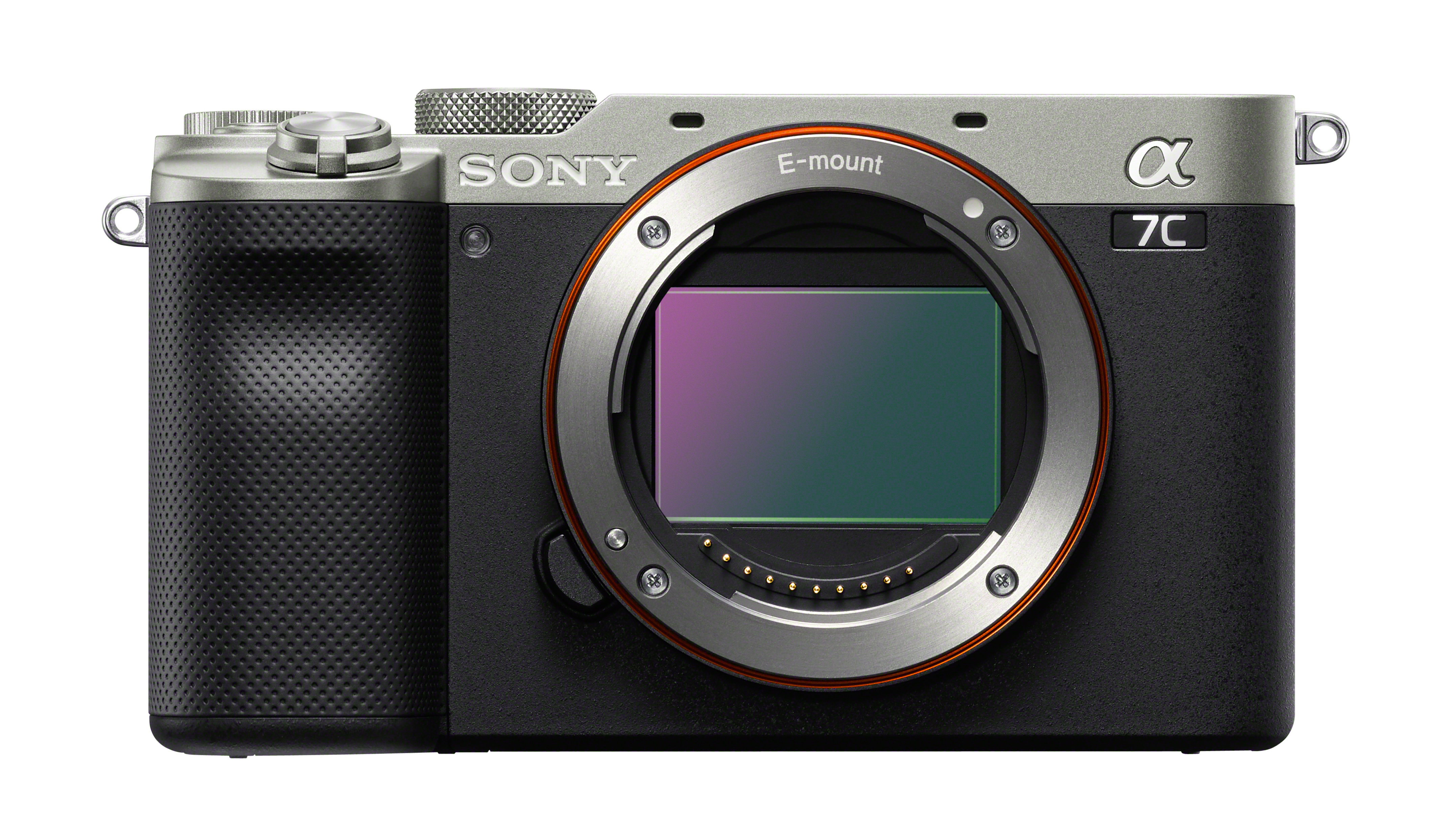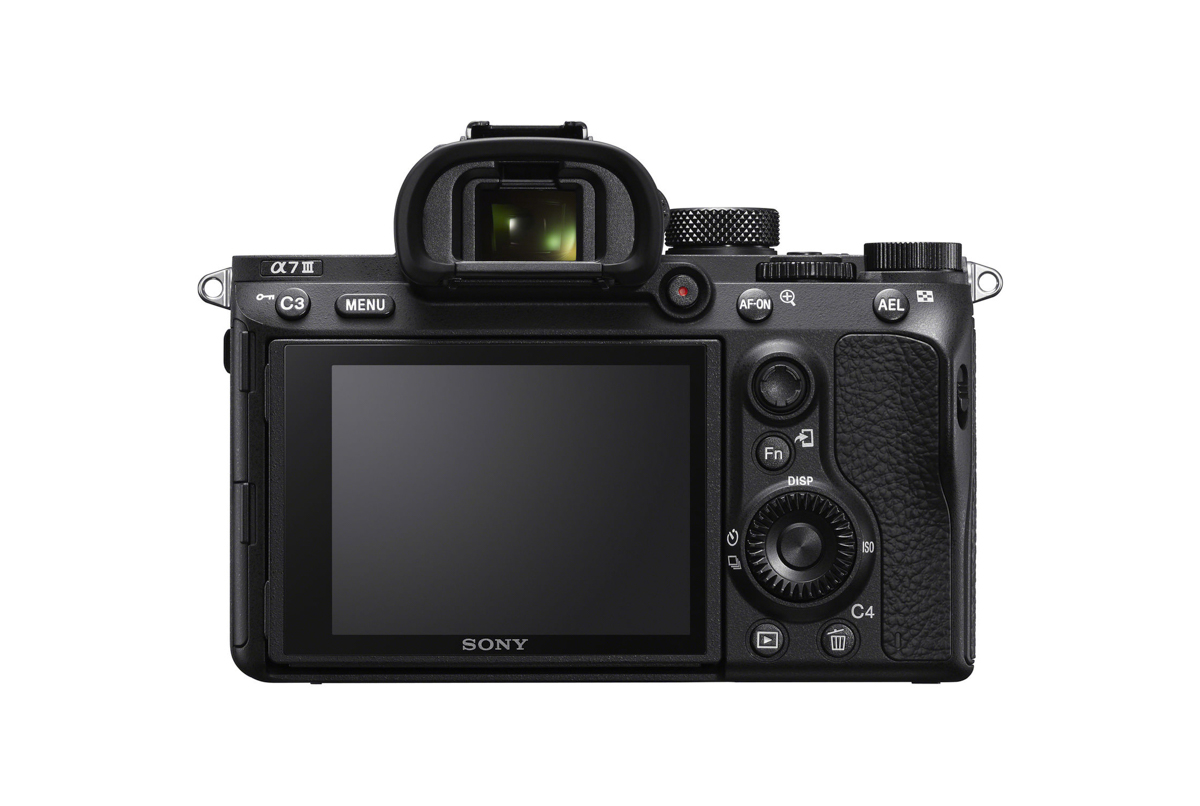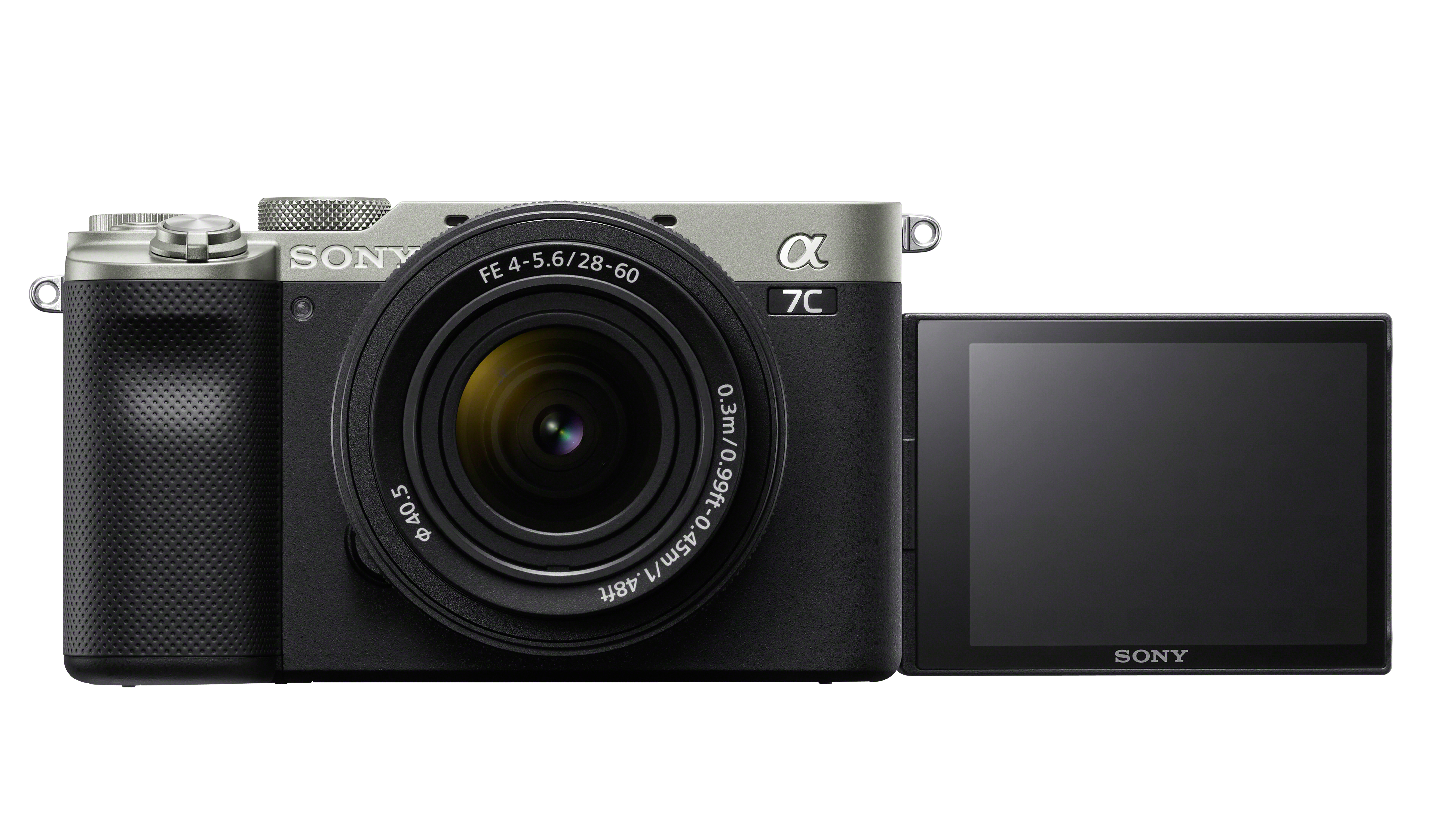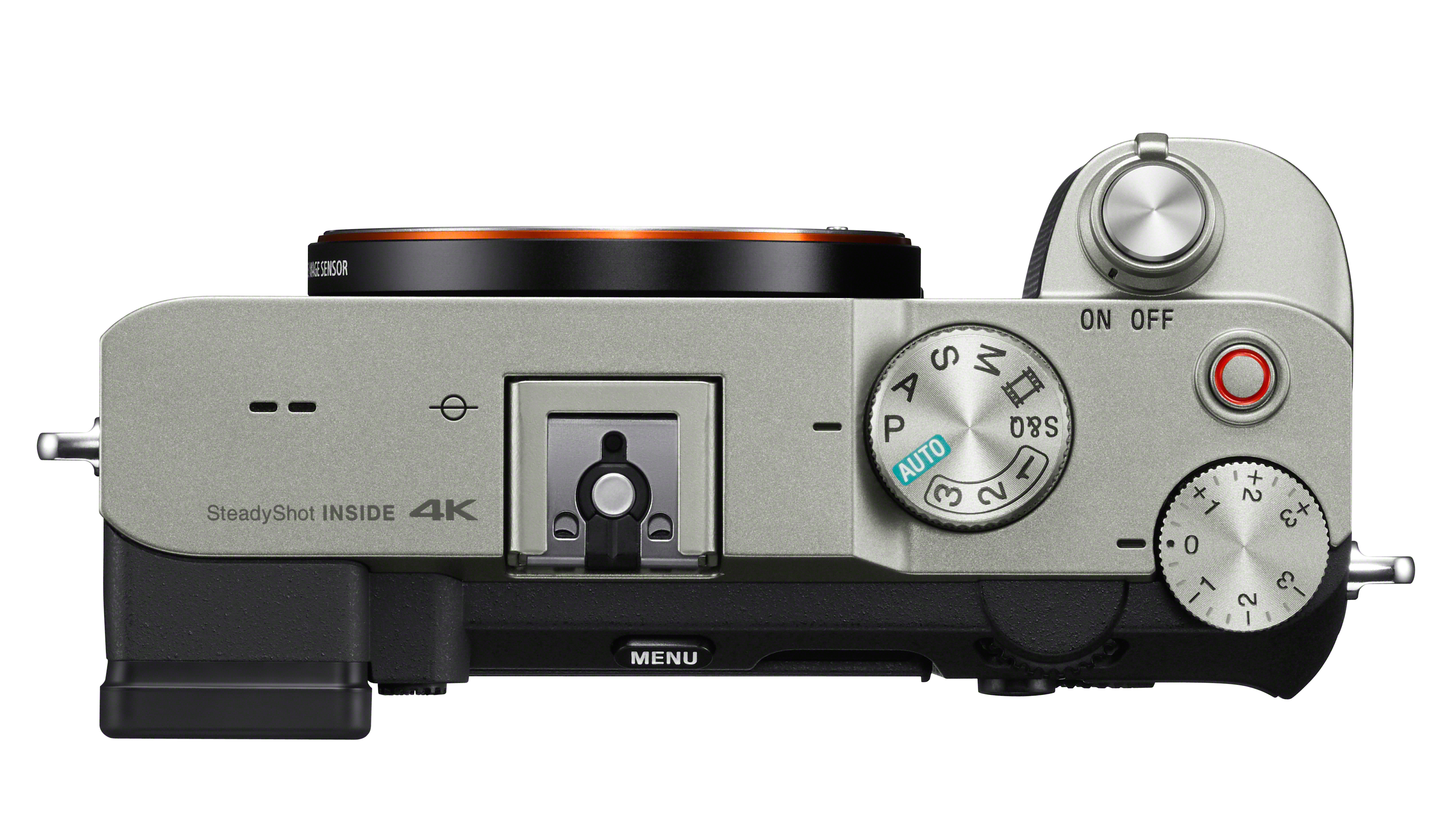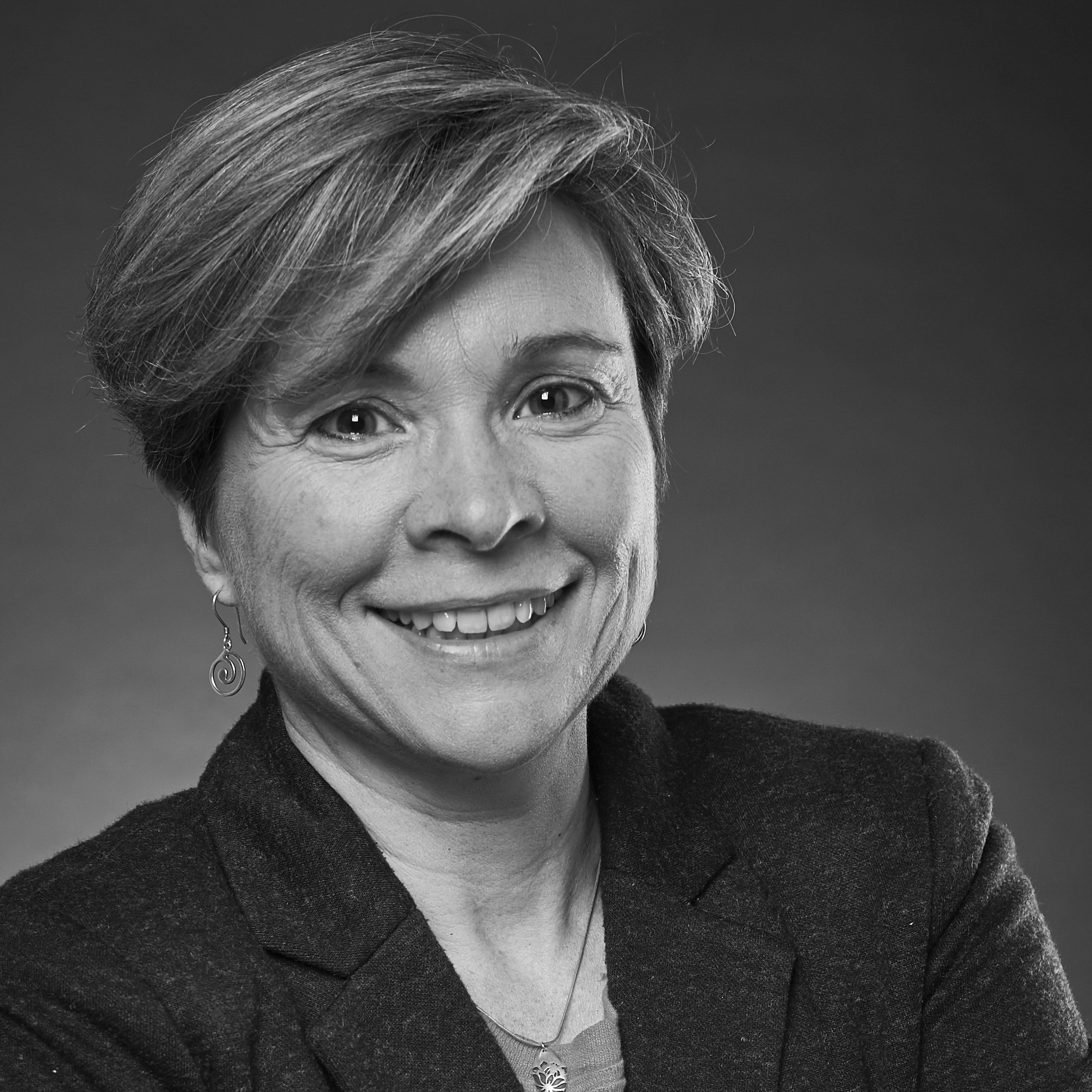Sony A7C vs A7 III
Sony A7C vs A7 III: which is best? The A7C is Sony’s entry-level full-frame camera, but how does it compare with the A7 III?
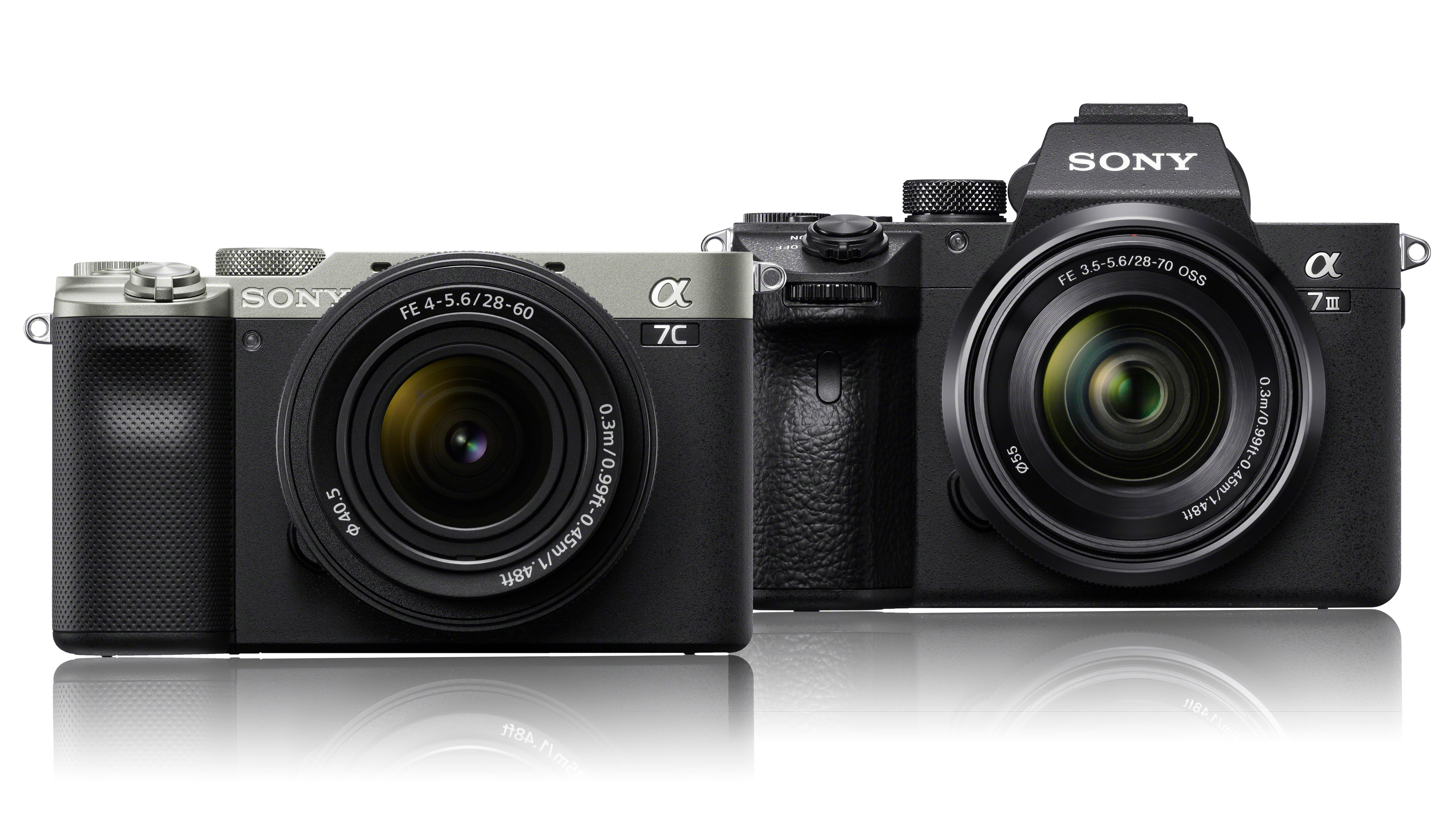
In September 2020, the Sony A7C was introduced as the company’s entry-level full-frame mirrorless camera, which means it sits below the older Sony A7 III in Sony’s line-up. Nevertheless the two cameras have quite a bit in common which can leave photographers scratching their heads trying to decide which model they should go for.
As usual, there are pros and cons to each camera, and while the older Sony A7 III is still in some ways more advanced than the A7C, the newer camera has a few advantages that could make it a better choice. So let’s take a look at how the Sony A7C compares with the Sony A7 III.
1. Sensor
Why you can trust Digital Camera World
• Sony A7C: 24.2Mp Full frame (35.6×23.8mm), Exmor R CMOS sensor
• Sony A7 III: 24.2Mp Full frame (35.6×23.8mm), Exmor R CMOS sensor
As you can see, the two cameras have exactly the same full-frame Exmoor R CMOS sensor. What’s more the sensor is paired with the same Bionz X processing engine, which means that in identical conditions and with the same lens mounted, you should be able to capture the same quality images whichever model you use.
2. Autofocus system
• Sony A7C: -4EV to 20EV (ISO100 equivalent with F2.0 lens attached)
• Sony A7 III: -3EV to 20EV (ISO100 equivalent with F2.0 lens attached)
As they share the same sensor, the A7C and A7 III have the much the same AF hardware. This means that they both have a hybrid system with 693 phase-detection focus point and 425 contrast-detection points. However, the A7C is 1EV more sensitive which means it performs a little better in low light.
Also, the A7C benefits from Sony’s most recent AI-powered subject recognition system which enables the camera to track subjects better than the A7 III. The A7 III’s Eye AF is good, but the A7C’s is a bit more responsive and does a better job of staying with the subject when the eyes turn away from the camera.
3. Viewfinder
• Sony A7C: 0.39-inch type OLED with 2,359,296 dots
• Sony A7 III: 0.5-inch type OLED with 2,359,296 dots
The viewfinder is one of the more noticeable distinguishing features between the Sony A7C and A7 III. For a start, it’s integrated into the body of the A7C and over in the top left corner rather sitting at the centre on the top of the camera like on the A7 III. This necessitated Sony to use a 0.39-in type unit that’s more commonly seen in APS-C format cameras rather than the 0.5-in unit of the A7 III.
Integrating a smaller viewfinder into the A7C enables the camera to be more compact, but it lacks the ‘full-frame experience’ that you might expect.
4. Screen
• Sony A7C: Vari-angle 3-inch touchscreen with 921,600 dots
• Sony A7 III: Tilting 3-inch touchscreen with 921,600 dots
The A7C has the honor of being the second Sony A7-series camera to feature a vari-angle screen – the first being the A7S III. This means that the screen can be flipped out to side of the camera and angled up or down or even rotated to face forwards for selfie-shooting and vlogging. It can also be angled to help compose images in portrait orientation.
The A7 III, however, has a tilting screen which is only helpful for shooting landscape-orientation images and cannot be flipped to be viewed from in front of the camera.
5. Size and shape
• Sony A7C: 124.0mm x 71.1mm x 59.7mm
• Sony A7 III: 126.9mm x 95.6mm x 73.7mm
The A7C is smaller in every dimension than the A7 III, which while not making it pocketable, makes it an attractive choice for travel, especially when it’s paired with the collapsible Sony FE 28-60mm F4-5.6 kit lens.
In addition, as the viewfinder is integrated into the body of the A7C it has a more rectangular shape with the viewfinder in the top-left corner. Consequently, the A7C looks like one of Sony’s APS-C format cameras rather than one of the A7-series of full-frame models.
6. Shutter speeds
• Sony A7C: 1/4000-30 sec
• Sony A7 III: 1/8000-30 sec
For most photography, a shutter speed of 1/4000sec is more than enough, but when you’re using a very large aperture, it’s helpful to be able to boost the shutter speed by an extra stop in bright light. This gives the A7 III an advantage over the A7C which may be appreciated by portrait or sports photographers on sunny days.
7. Dial control
• Sony A7C: Two rear dials
• Sony A7 III: Front and rear dials
While the A7C has two dials for adjusting the exposure settings, they are both on the back of the camera – one above the thumb rest and the other other lower down, doubling up as the navigation pad. This means that they are both operated by your thumb.
The A7 III has two similar dials but there’s a third one on its front at the top of the grip which is conveniently placed for use by your right forefinger. This means that you can hold the camera with your thumb and forefinger poised for action ready adjust the settings without needing to alter your grip on the camera.
8. Burst depth
• Sony A7C: Over 215 Extra fine JPEGs, over 115 raw files, over 86 simultaneous raw+JPEG files
• Sony A7 III: 163 Extra fine JPEGs, 89 raw files, 79 simultaneous raw+JPEG files
Both cameras can shoot at up to 10fps but the A7C has a bigger buffer which means it can shoot more images in one continuous sequence. In fact, the A7C can maintain the 10fps rate for at least 21.5 seconds and 215 Extra fine JPEGs. That’s more than enough for most shooting scenarios, including sport, however the smaller size and rectangular shape of the A7C makes it a less comfortable pairing with the long telephoto lenses favoured by sports photographers. Consequently, although it can capture 52 or more fewer images than the A7C, the A7 III is likely to be a better bet for anyone wanting to shoot sport on a regular basis. A burst depth of 163 images is still very respectable.
9. Card slots
• Sony A7C: Single SD/SDHC/SDXC UHS-I/II slot
• Sony A7 III: Dual SD/SDHC/SDXC slots, Slot 1: UHS-I/II, Slot 2: UHS-I
Whereas the A7C has a single SD/SDHC/SDXC slot that’s compatible with UHS-II and UHS-I media, the A7 III has two card slots, one of which is compatible with UHS-I media while the other is compatible with UHS-I and UHS-II cards.
If there are two cards in the A7 III’s slots, they can be used to simultaneously record or record in relay. It's also possible to split raw and JPEG files or stills and video files on to separate cards or copy files from one card to the other.
Sony A7C vs A7III: conclusions
The main advantages that the Sony A7C has over the A 7III are the vari-angle screen, larger buffer, slightly better AF system and smaller size. However, the A7 III has a larger viewfinder which is likely to be appreciated in day-to-day shooting, more advanced ergonomics that make it easier to adjust settings quickly and dual memory card slots.
The A7C is a compact camera well suited to travel and vlogging, thanks to its vari-angle screen, but the A7 III probably offers a better all-round handling experience for other kinds of photography.
How we test cameras
We test mirrorless and DSLR cameras both in real-world shooting scenarios and in carefully controlled lab conditions. Our lab tests measure resolution, dynamic range and signal to noise ratio. Resolution is measured using ISO resolution charts, dynamic range is measured using DxO Analyzer test equipment and DxO Analyzer is also used for noise analysis across the camera's ISO range. We use these real-world testing and lab results to inform our comments in buying guides. For compact cameras and phones, we judge on real world handling and photographic results alone.
The best camera deals, reviews, product advice, and unmissable photography news, direct to your inbox!
Angela has been testing camera gear from all the major manufacturers since January 2004 and has been Amateur Photographer’s Technical Editor and Head of Testing for Future Publishing’s photography portfolio (Digital Camera Magazine, PhotoPlus: The Canon Magazine, N-Photo, Practical Photoshop, Photography Week and Professional Photography magazines, as well as the Digital Camera World and TechRadar websites). She is the founder of SheClicks - a community group that encourages and supports female photographers.
